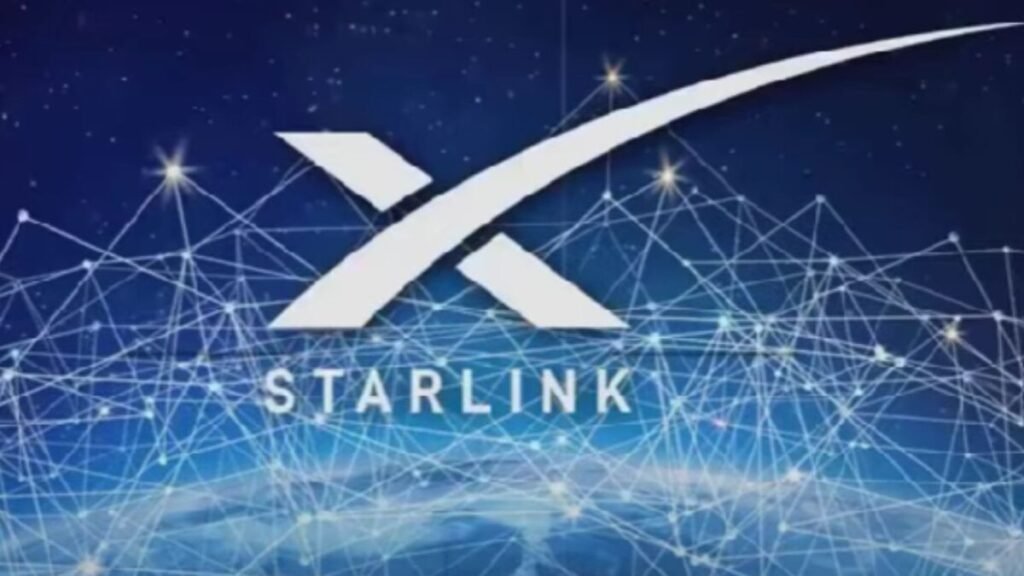The surprising setback that challenged our reliance on technology

On July 24, a digital blackout shook the planet. Starlink, SpaceX’s ambitious satellite internet service, suddenly stopped working and thousands of users on five continents were affected. What seemed impossible happened: a network that promised to be infallible showed cracks. What happened and what does this outage reveal about our connection with the world?
Unexpected Failure at the Core of the System
The incident was confirmed by Michael Nicolls, vice president of Engineering at Starlink, who explained that the blackout was due to a failure in critical components of the internal software that support the system’s operation. Although SpaceX’s team was able to gradually restore the service, the interruption lasted for more than two and a half hours.
The blackout started around 3:00 PM (Eastern Time) and affected users in America, Europe, Asia, Africa, and Oceania. The company issued public apologies and promised to reinforce measures to prevent similar events from happening again.
Global Consequences and Sectors in Jeopardy
Beyond the widespread discomfort in homes, offices, and businesses, the blackout had a significant impact on strategic sectors. In Europe, for example, farmers and small businesses were temporarily disconnected. Airlines that use Starlink to provide in-flight connectivity also reported disruptions during flights.
However, one of the most critical points occurred in, where Starlink has been a key piece in military communications since the beginning of the war with Russia. During the interruption, Ukrainian forces saw crucial reconnaissance, surveillance, and drone control tasks suspended, exposing a dangerous technological dependency in conflict zones.
The Vulnerability Behind the Satellite Promise
The incident raised alarms about the growing dependence on , which, although innovative, are not immune to failures. Oleksandr Dmitriev, founder of the OCHI observatory in Ukraine, warned about the risks of fully trusting platforms that operate on cloud systems. He proposed strengthening local communication networks and autonomous backup mechanisms.
Although Starlink had experienced minor interruptions in the past, this was the first significant global outage in 2025. The event highlighted that, despite having over 5,000 active satellites in low orbit, the system is not infallible.




